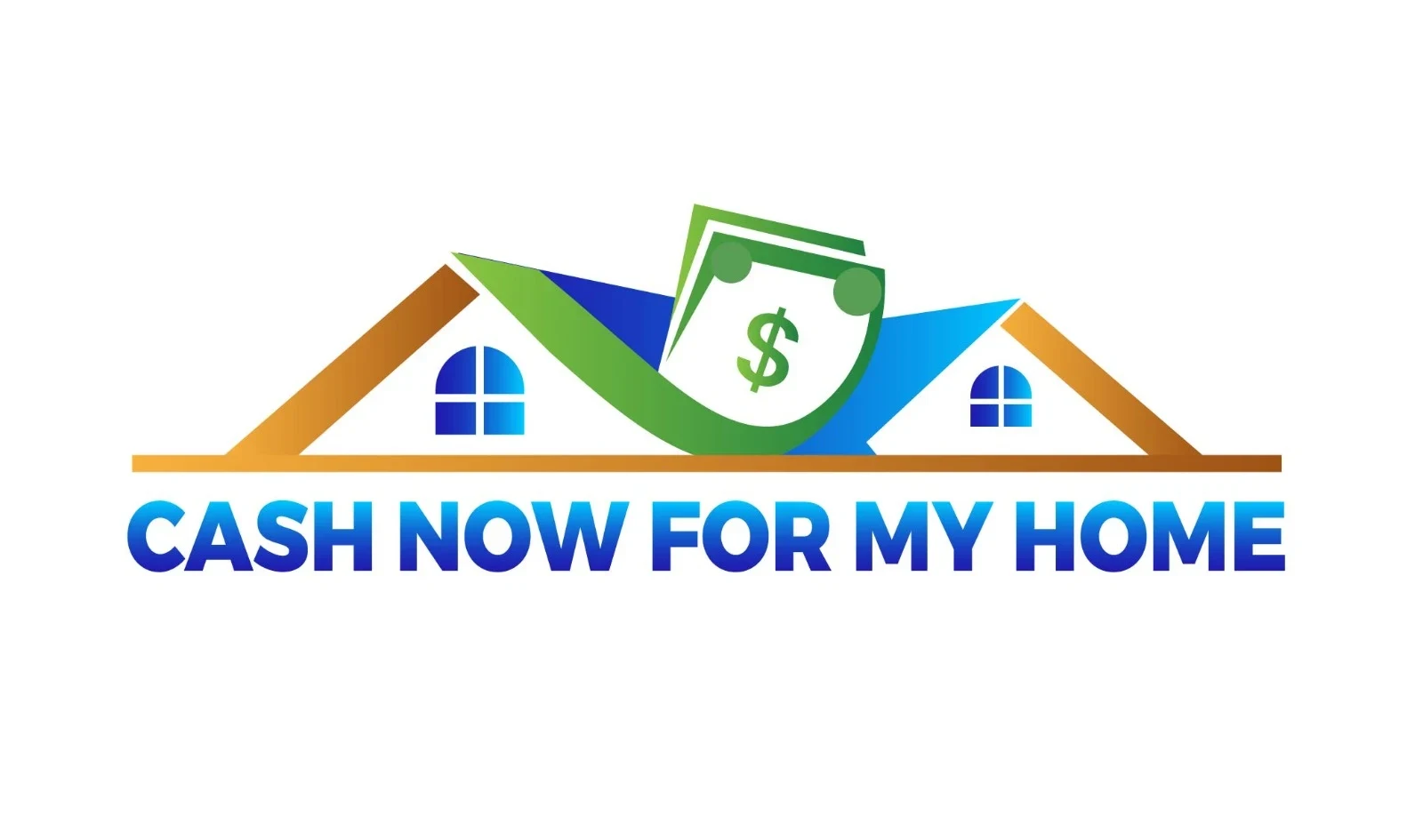💰 How to Price Your Mobile Home for Sale: Get Maximum Value in 2025
Pricing your mobile home correctly is the difference between selling in 30 days versus 6 months. Most homeowners either price too high (home sits forever) or price too low (lose thousands). Here’s how to price your mobile home for maximum profit and quick sale.
🚨 The Mobile Home Pricing Crisis:
✅ Generic pricing tools fail – Zillow doesn’t understand mobile home markets
✅ Location makes huge differences – Park vs. owned land = 20-40% value gap
✅ Condition matters more – Mobile homes show wear differently than stick-built
✅ Age impact varies – 1990s vs. 2010s have different depreciation curves
💡 CRITICAL INSIGHT: 87% of mobile homeowners misprice their homes using generic real estate advice. Here’s the mobile home-specific approach that works.

🎯 The 5-Step Mobile Home Pricing Formula
Step 1: Determine Your Base Market Value 📊
Unlike stick-built homes, mobile home values depend on specific factors:
🏠 Location Type (Biggest Factor):
- Owned Land: Base value + 20-40% premium
- Quality Mobile Home Park: Base value + 0-15% premium
- Average Park: Base market value
- Problematic Park: Base value – 10-30% discount
📅 Age Categories:
- 2010-2025: Premium pricing, high demand
- 2000-2009: Good value retention, steady market
- 1990-1999: Moderate pricing, condition-dependent
- 1980-1989: Lower pricing, location-critical
- Pre-1980: Specialty market, cash buyers only
📏 Size Impact:
- Single-wide (14×70): Entry-level pricing
- Double-wide (24×60+): 40-70% premium over single-wide
- Triple-wide/Modular: Highest pricing tier
[CALCULATE YOUR BASE VALUE – FREE TOOL]
🔍 Step 2: Analyze Mobile Home Comps (The Right Way)
WARNING: Regular real estate comps don’t work for mobile homes. Here’s the correct approach:
✅ Look for These Specific Comparables:
- Same park or within 5 miles (if owned land)
- Similar age range (within 5-7 years)
- Same size category (single vs. double-wide)
- Similar condition level
- Sold within last 6 months
🔍 Where to Find Mobile Home Sales Data:
- MLS systems (through real estate agents)
- Mobile home dealer networks
- Park manager knowledge
- County record searches
- Mobile home specific websites
❌ Avoid These Comparison Mistakes:
- Using stick-built home comps
- Comparing different park types
- Using sales older than 12 months
- Ignoring transportation costs
Important: Understand Consumer Financial Protection Bureau manufactured housing market regulations that affect pricing and financing.

⚖️ Step 3: Assess Condition Impact on Price
Mobile homes show wear differently than traditional homes. Here’s how condition affects your pricing:
🏆 Excellent Condition (Full Market Value):
✅ All systems working perfectly ✅ Recent updates (flooring, appliances, HVAC) ✅ No visible wear or damage ✅ Move-in ready condition
✅ Good Condition (Market Value – 5-10%):
✅ Minor cosmetic issues only ✅ Systems functioning well ✅ Some normal wear and tear ✅ Needs minimal touch-ups
⚠️ Fair Condition (Market Value – 15-25%):
- Noticeable wear and tear
- Some system repairs needed
- Cosmetic updates required
- Functional but dated
🚨 Poor Condition (Market Value – 30-50%):
- Major system failures
- Structural issues
- Extensive repairs needed
- Investor/cash buyer market only
💡 Pro Tip: Mobile homes in poor condition often sell better to cash buyers who specialize in renovations rather than traditional buyers.
[GET CONDITION-BASED PRICING ESTIMATE]
💸 Step 4: Factor in Mobile Home-Specific Costs
Unlike stick-built homes, mobile homes have unique cost considerations that affect pricing:
🚛 Transportation Costs:
- Local move (under 50 miles): $3,000-$8,000
- Long-distance move: $10,000-$20,000+
- Setup costs: $2,000-$5,000
- Permits and inspections: $500-$2,000
🏗️ Installation Requirements:
- Foundation preparation
- Utility connections
- Skirting and tie-downs
- Local code compliance
📋 Financing Limitations:
- Limited lender options affect buyer pool
- Higher interest rates than traditional mortgages
- Larger down payment requirements
- Age and condition restrictions
Key Insight: Homes that don’t need to be moved command premium pricing since buyers avoid $5,000-$15,000 in transportation costs.

📈 Step 5: Choose Your Pricing Strategy
🎯 Aggressive Pricing (Quick Sale):
Price: Market value – 5-10% Timeline: 30-60 days Best For: Need quick sale, avoid carrying costs
🎯 Market Pricing (Balanced Approach):
Price: Fair market value Timeline: 60-90 days
Best For: No time pressure, want maximum value
🎯 Premium Pricing (Maximum Profit):
Price: Market value + 5-15% Timeline: 90+ days Best For: Excellent condition, desirable location
[DETERMINE YOUR OPTIMAL PRICING STRATEGY]
🚨 Common Mobile Home Pricing Mistakes That Cost Thousands
❌ Mistake 1: Using Zillow Estimates
Problem: Zillow doesn’t understand mobile home markets Solution: Use mobile home-specific valuation tools
❌ Mistake 2: Ignoring Transportation Costs
Problem: Overpricing because you forget buyers face moving costs Solution: Factor in $5,000-$15,000 buyer costs
❌ Mistake 3: Comparing to Stick-Built Homes
Problem: Different markets, different rules Solution: Only compare to similar mobile homes
❌ Mistake 4: Not Considering Park Factors
Problem: Park reputation affects value significantly
Solution: Research park management, waiting lists, rules
❌ Mistake 5: Emotional Pricing
Problem: Pricing based on what you paid, not current value Solution: Base price on today’s market conditions
For legal protections during your sale, review HUD housing transaction guidelines.
🛠️ Tools and Resources for Mobile Home Pricing
🎯 Professional Valuation Options:
Option 1: Mobile Home Value Report 💎
GET PROFESSIONAL VALUE REPORT – $29 ✅ Market-based analysis ✅ Condition adjustments
✅ Location factors ✅ Current market trends
Option 2: Licensed Appraiser
Cost: $300-$600 Best For: Financing requirements, legal disputes Timeline: 1-2 weeks
Option 3: Mobile Home Dealer Assessment
Cost: Usually free Best For: Quick estimate, potential quick sale Timeline: Same day
Option 4: Real Estate Agent CMA
Cost: Free (if listing with agent) Best For: Traditional MLS sale Timeline: 2-3 days

💰 Maximizing Your Mobile Home’s Value Before Pricing
🔥 High-Impact, Low-Cost Improvements:
$500-$1,000 Investments:
✅ Fresh paint throughout interior ✅ Deep cleaning and decluttering
✅ Curb appeal improvements ✅ Minor repairs and touch-ups
$2,000-$5,000 Investments:
✅ New flooring (laminate/vinyl) ✅ Kitchen appliance updates ✅ Bathroom refresh (vanity, fixtures) ✅ HVAC maintenance/repair
$5,000+ Investments (Consider Carefully):
✅ Complete kitchen remodel ✅ Bathroom renovation ✅ New windows/doors ✅ Roof replacement
⚠️ Warning: Don’t over-improve for your market. A $15,000 kitchen in a $40,000 home won’t return the investment.
[SHOULD I IMPROVE BEFORE SELLING? FREE CONSULTATION]
🎯 When to Sell vs. When to Hold
🟢 SELL NOW Indicators:
✅ Strong mobile home market in your area ✅ Multiple interested buyers recently ✅ Your home is in good+ condition ✅ Personal circumstances require sale
🟡 CONSIDER WAITING:
✅ Market is slow/oversupplied ✅ Major improvements just completed ✅ Spring selling season approaching ✅ No urgent need to sell
🔴 SELL IMMEDIATELY:
🚨 Major repairs needed (roof, foundation) 🚨 Park being sold or mismanaged
🚨 Financial hardship/can’t afford payments 🚨 Neighborhood declining rapidly
📞 Get Professional Mobile Home Pricing Help
🚀 3 Ways to Get Expert Pricing Guidance:
Option 1: Free Phone Consultation ☎️
Call/Text: [Your Phone Number] Get: Instant pricing feedback Timeline: Immediate
Option 2: Professional Value Report 📊
[ORDER DETAILED PRICING ANALYSIS] Get: Written report with comps and recommendations Timeline: 24-48 hours
Option 3: Cash Offer Evaluation 💰
[GET INSTANT CASH OFFER] Get: No-obligation purchase offer Timeline: Same day
For additional consumer protection information, visit USA.gov housing guidance resources.

❓ Mobile Home Pricing FAQs
Q: How accurate are online mobile home value estimates?
A: Most online tools are 20-40% off for mobile homes. They don’t account for park factors, transportation costs, or mobile home-specific market conditions.
Q: Should I price my mobile home the same as stick-built homes in my area?
A: No! Mobile homes are a separate market with different pricing factors. Always compare to similar mobile homes only.
Q: How much does location affect mobile home pricing?
A: Location is the biggest factor. Same home can vary 20-40% based on whether it’s in a desirable park vs. owned land vs. problematic park.
Q: What if my mobile home needs major repairs?
A: Price accordingly (often 30-50% below market) or consider selling as-is to cash buyers who specialize in renovation projects.
Q: How often should I adjust my price if it’s not selling?
A: Every 30-45 days if no serious interest. Mobile home markets move faster than traditional real estate.
Strategic Internal Links:
- “Get current market values: Mobile Home Blue Book pricing guide”
- “Professional valuation needed: How Much Is My Mobile Home Worth“
- “Selling with complications: Sell My Mobile Home with a Mortgage“
- “Need quick sale: I Want to Sell My Mobile Home Quickly“
- “Behind on payments: Mobile Home Eviction solutions”

